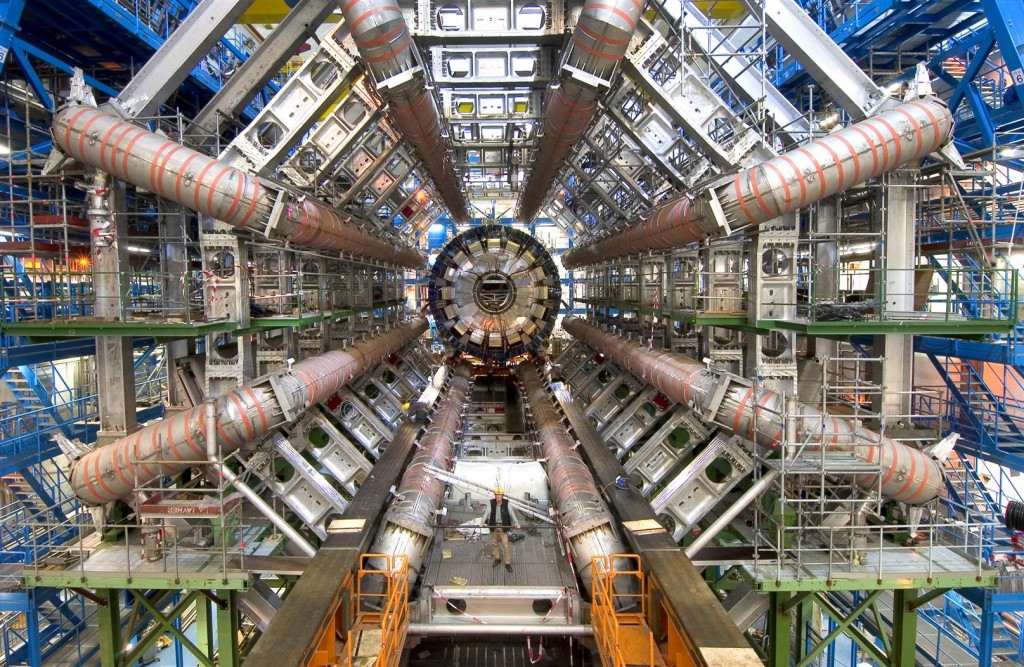
©CERN
In the first-of-its-kind open day held in June, CERN openlab welcomed the scientific community to learn more about the latest projects and achievements of its unique collaborations with leading companies in the fields of information and communication technology. As a contributor to CERN openlab, Seagate was present to celebrate the early successes of our collaboration in the development of next generation storage technologies.
A key challenge of CERN’s operations is to be able to successfully manage the demand of storing the huge amounts of data they capture every minute of every day. In fact, the Large Hadron Collider has generated 100 petabytes of data to date, as well as 2-3 petabytes of information each month.
To help them with this challenge, Seagate has partnered with CERN openlab to collaborate on the development of the Seagate Kinetic Open Storage platform. The idea behind this is to see how the Kinetic storage architecture could contribute to CERN’s infrastructure and to investigate its potential to aid the demanding LHC program by reducing complexity and operational costs in the existing storage systems.
As unveiled during the event, high aggregate throughput has been shown on an initial 1-petabyte test system installed in the CERN Data Centre, highlighting that the new Kinetic technology has the potential to perform better than conventional storage systems. The Kinetic platform also uses less power to operate, which could in future make it possible for CERN to eliminate servers and therefore significantly lower the total cost of ownership (TCO). This is being investigated through our collaboration.
“We have demonstrated that the existing EOS system, without modification of user programs, can send data to a cluster of Kinetic drives at over 30Gb/s. This performance was achieved after eliminating the need for over 20 traditional servers. This is a great first step,” said James Hughes, Seagate representative to CERN openlab.
“Finding secure and efficient ways to reduce complexity and operational costs in our storage system is crucial. It’s been a successful start to our partnership with Seagate, and we’re excited about the possibilities the new storage systems will deliver,” said Alberto Pace, who leads the Data and Storage Services group within the IT Department.
The Seagate Kinetic Open Storage platform could be used to restructure the traditional storage server architectures at CERN from the bottom up, connecting user applications directly to the storage device. By cutting out the many layers of hardware and software used in traditional stacks, Seagate Kinetic could make it possible to improve performance while significantly cutting costs.
From the discovery of neutral currents in the Gargamelle bubble chamber to the first creation of anti-hydrogen atoms to the discovery of the Higgs boson 3 years ago, CERN has been a champion of scientific discovery, always moving one step closer to a fuller understanding of how the universe is made. This three-year collaboration means we at Seagate will be investigating how CERN can better manage and store data generated by the LHC that could, one day, turn all of physics on its head.






